Taking pictures has become something so integral our daily lives that it actually makes a lot of sense to transform photography into a method for participatory planning. One of the first steps when coming into a community as a planner is to identify problems, challenges and solutions as well as existing ideas together with the neighbours. In this approach called auto-photography, the researcher or facilitator distributes cameras to some community members and asks them to take pictures of (for example):
– positive aspects in the neighbourhood
– negative aspects in the neighbourhood
– existing solutions for problems in the neighbourhood
– characteristics of the neighbourhood, for example social use of space
Typically, three pictures per aspects should be taken to have a limited number of material. The researcher should follow up the pictures with individual and group interviews and continue with other participatory methods to make sure that the pictures represent a good cross-section of the neighbourhood. For example, a transect walk could follow the exercise of auto-photography or vice-versa.
By handing cameras over to neighbourhood members, the facilitator of the participatory methods symbolically hands over the power to decide what problems and solutions are or could be. This can reverse the usual relationship in research, where you try to impose a meaning on findings. Here, findings and their meaning are being explained to you by those who have been living in the neighbourhood for years. It helps you change your perspective of a neighbourhood and focus on a specific set of issues that you might not even see otherwise. For example, women and children will show very different problems in their pictures compared to young men. Older people will probably see a lack of accessibility as one problem, whereas family mothers might be concerned about the lack of a school or of health provision. Some people might see a fence as a solution to a perceived problem, while others might consider the same fence as a problem. It should be very interesting to get pictures of the same place from different people. Some neighbours will focus on social aspects, whereas others will show you the importance and the diverse use of ordinary spaces.
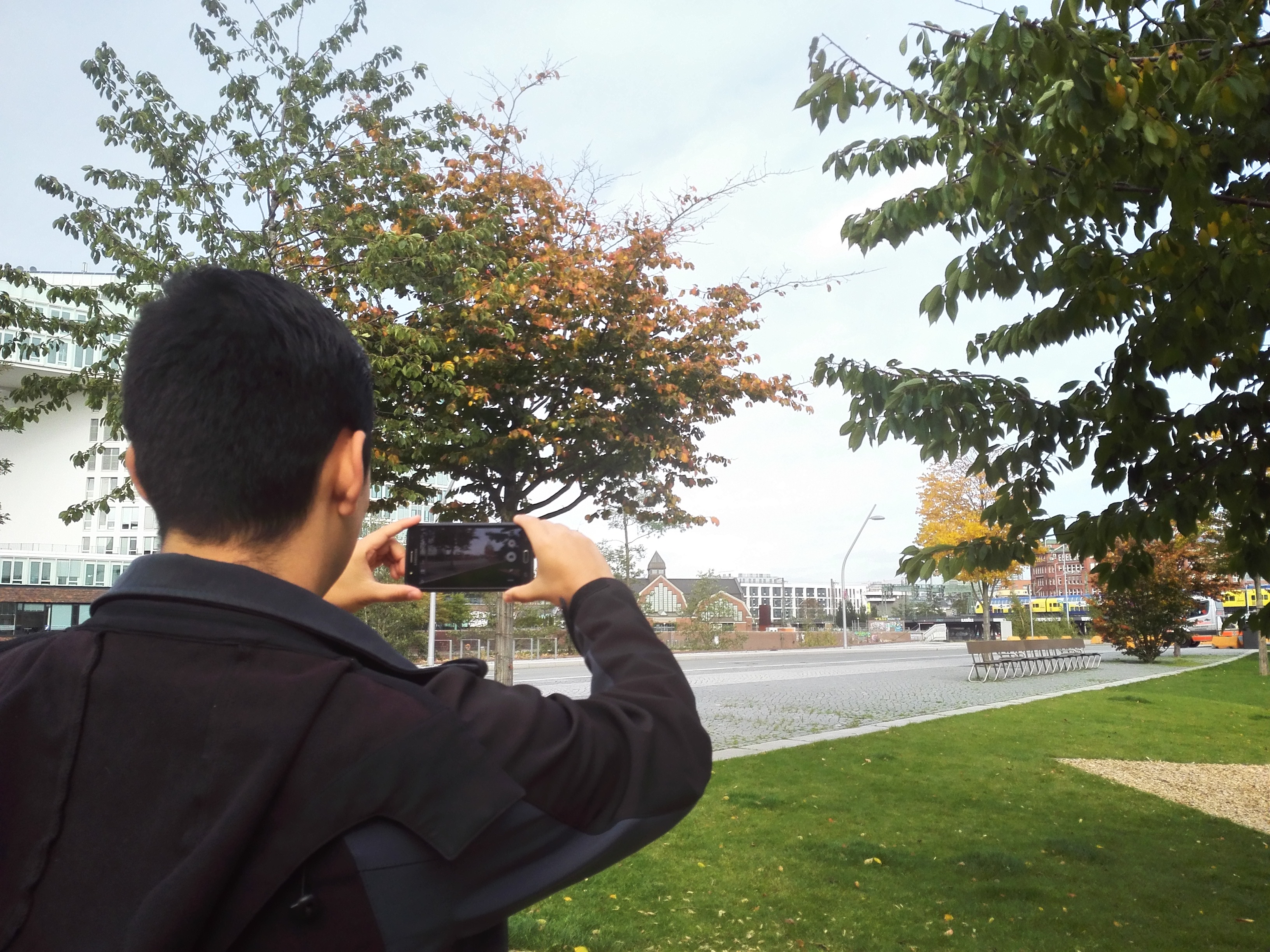
Auto-photography is therefore very helpful in starting a discussion before even starting to decide on any planning measures. You can easily combine it with other methods such as transect walks or participatory mapping. It is important that you as a facilitator make sure that participants are safe and that the pictures, which might be published in a community exhibition, follow ethical guidelines: To be on the safe side, don’t show any faces or anything too personal without permission. For this exercise to really work, you need a trusting environment, so ideally you already know the neighbourhood and the people already. Otherwise, they might not take this exercise seriously or they might want to disguise problems. Another complication could be the distribution and collection of cameras – with limited funds, you will only be able to distribute a certain number of cameras and a lot of people might want to participate. They might also want to keep the cameras afterwards. Make sure to find a good solution for these challenges before starting the project!
Lastly, when the exercise is finished, it is important to print out a set of pictures and hand them over to those who took them, since they own the copyright to their work!
Aside from some methodological, analytical and ethical challenges to overcome, I think that this exercise is an important element in a set of many participatory techniques. Read more about auto-photography here:
- Photovoice (“Picturing Rights”, “Picturing Progress” and many other projects)
- Melanie Lombard’s work on auto-photography in Mexico (“Auto-photography is not the same as selfies!”)
Header copyright: Indian taking pictures by Max Pixel CC 0 1.0

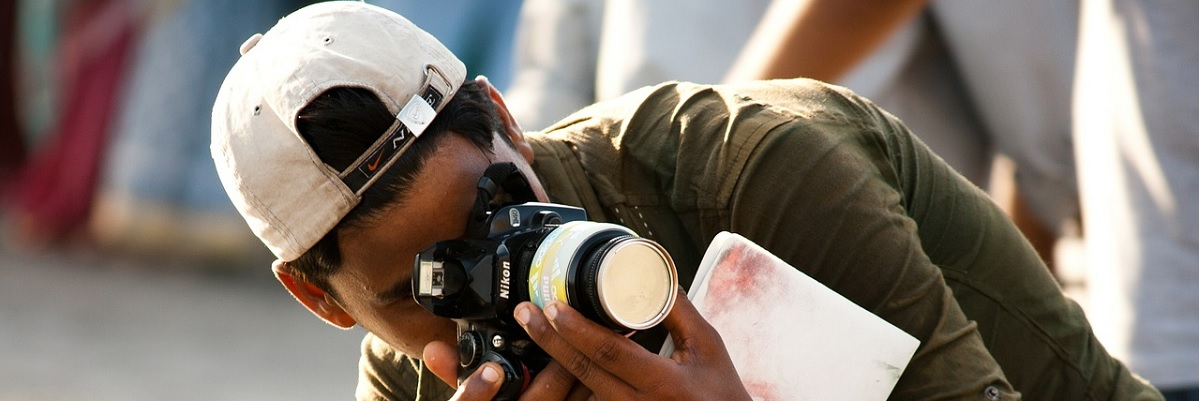

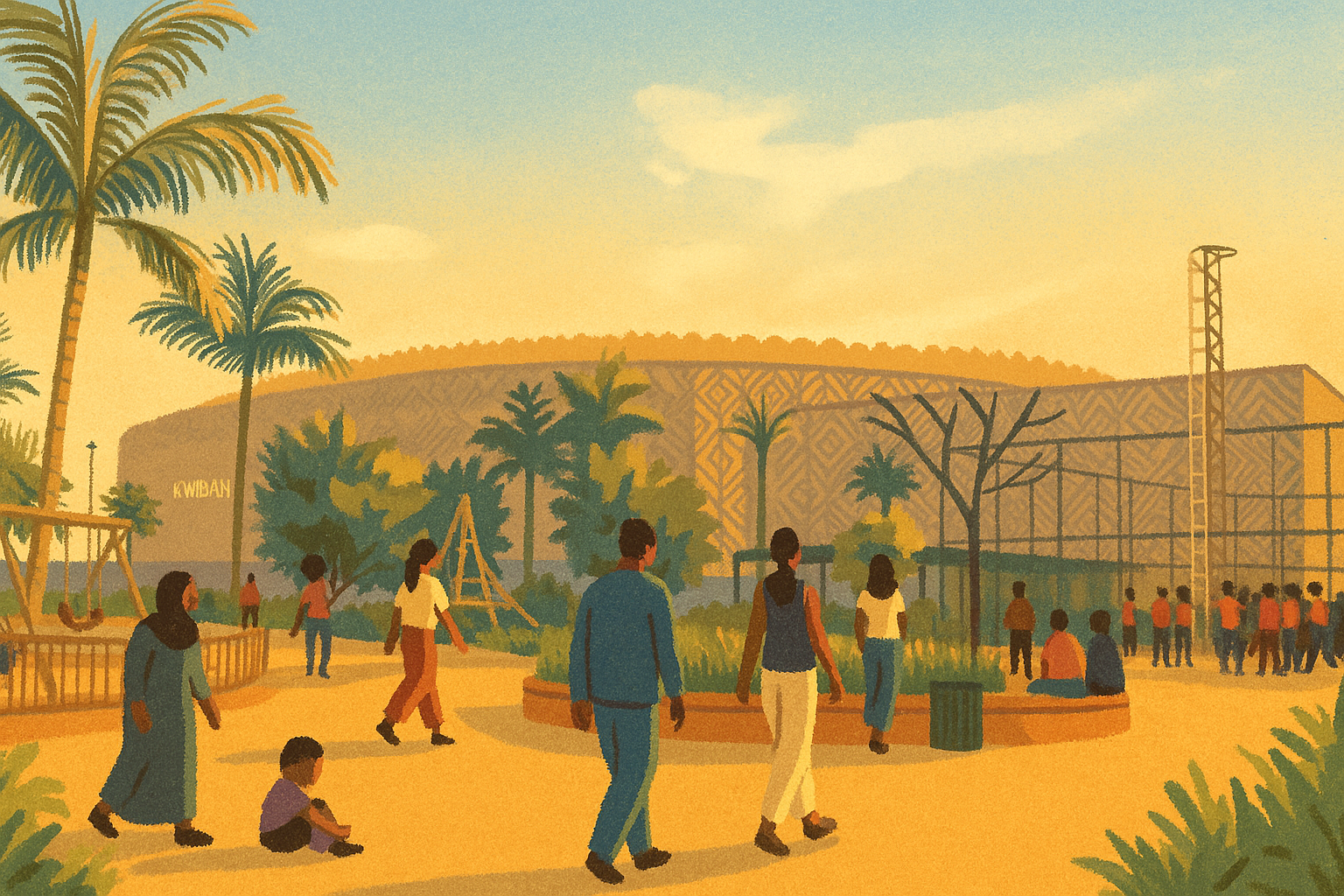
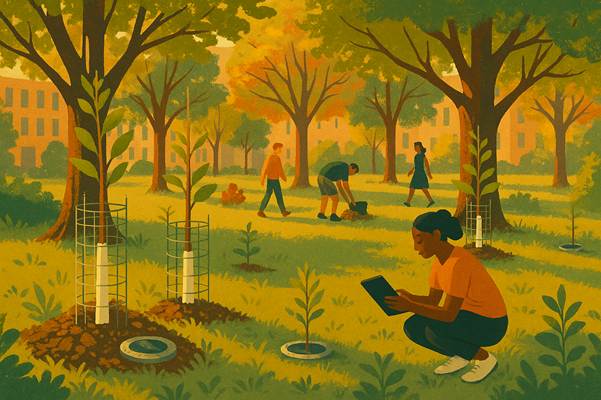
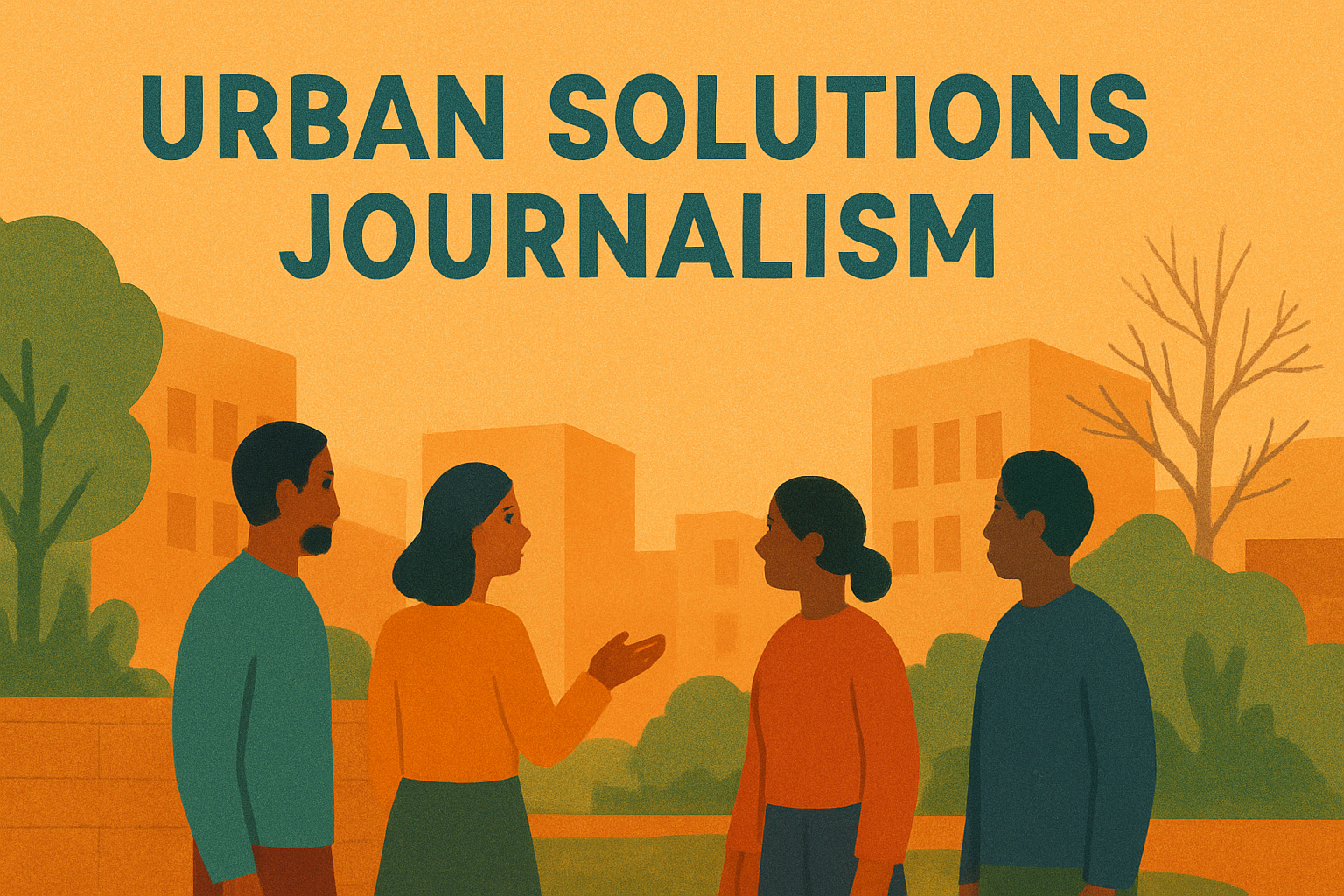
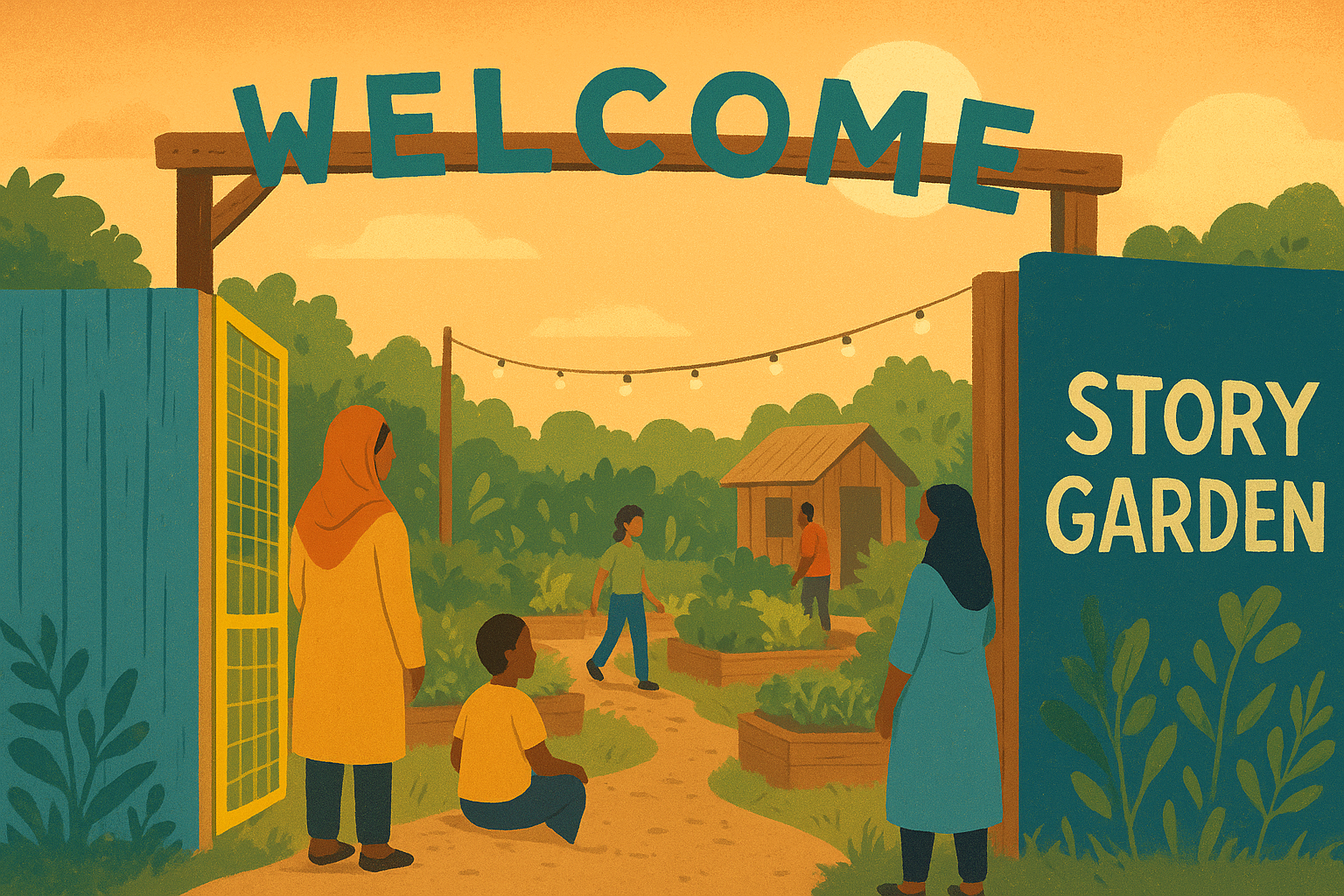
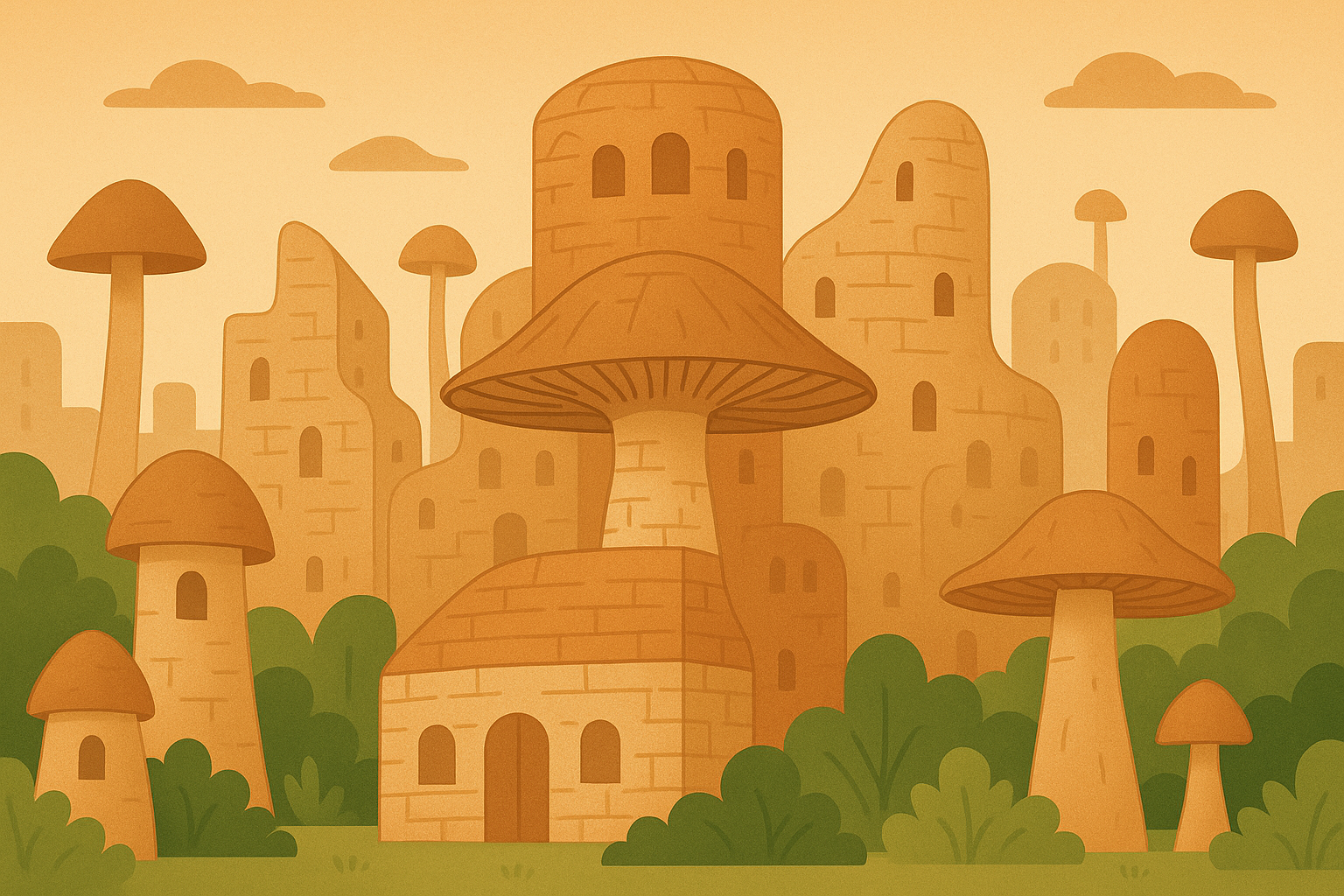
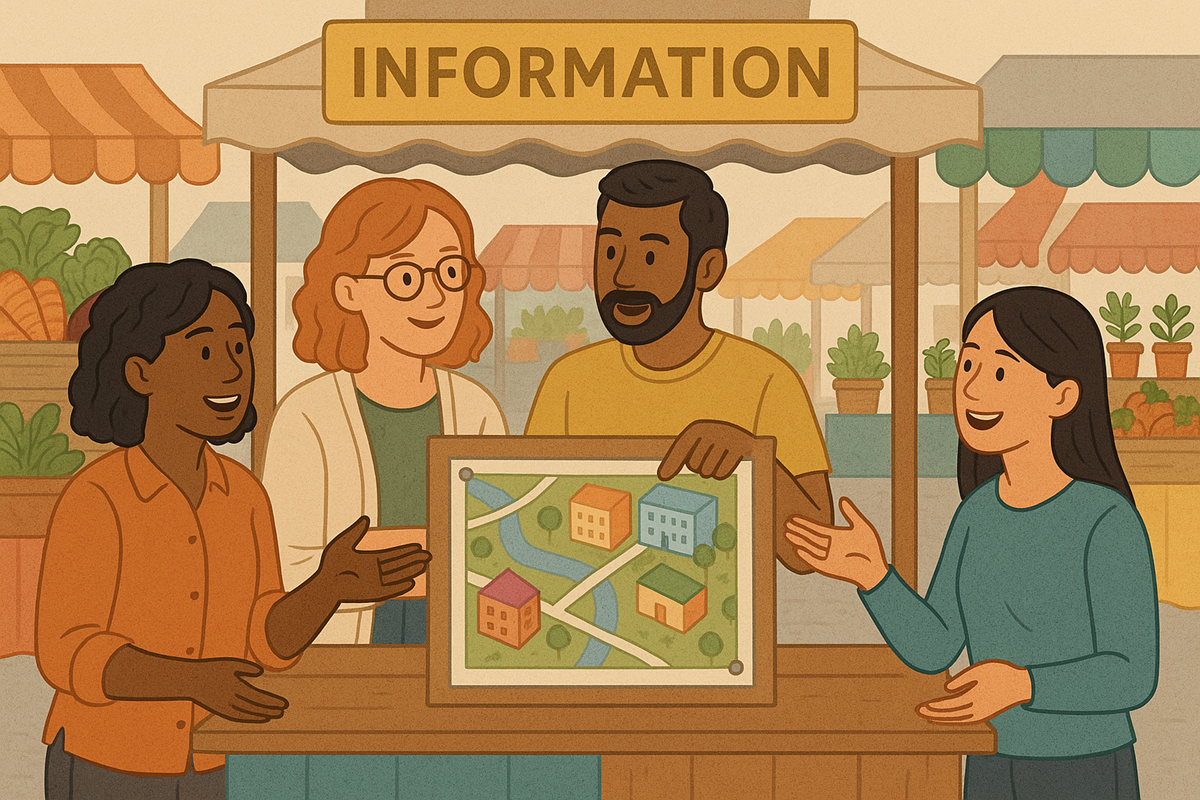

One Response